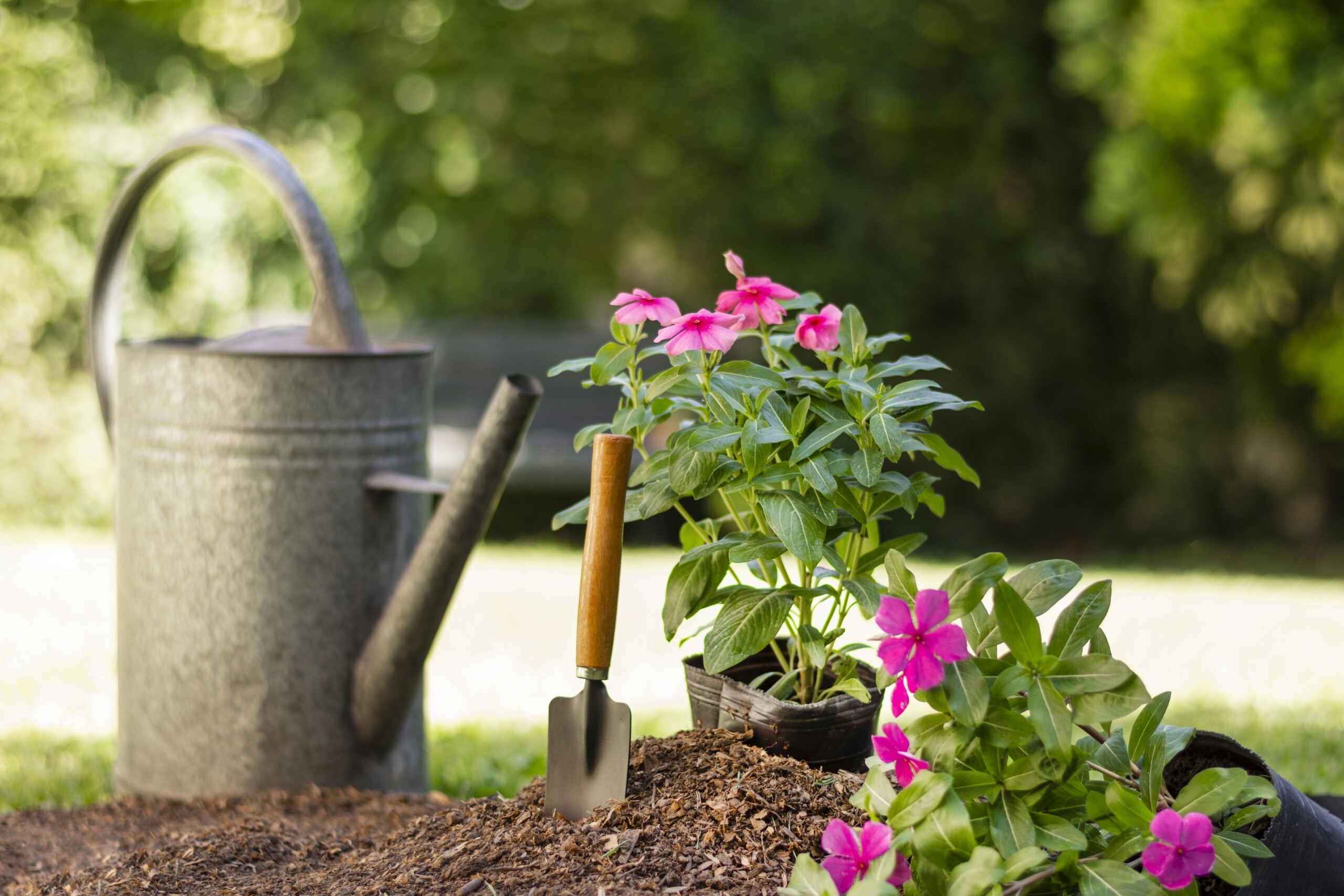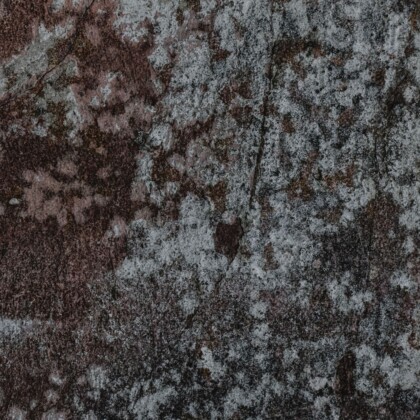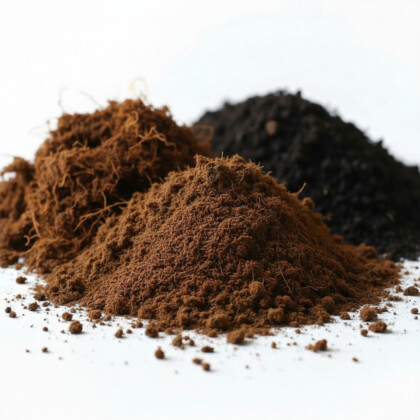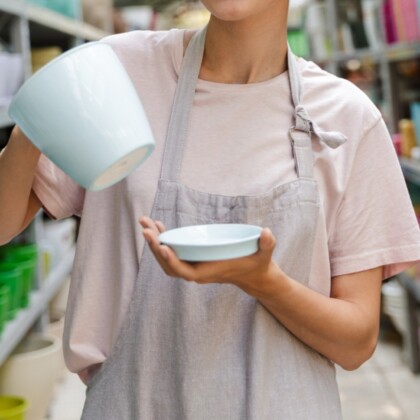

Peat moss has been a staple in horticulture for decades, valued for its unique properties that enhance soil quality. But which plants thrive with peat moss, and are there any for which it is not ideal? This article explores why peat moss is beneficial for plants, identifies which ones love it, and highlights cases where its use should be avoided.
Why Peat Moss is Beneficial for Plants
Peat moss is a natural, organic material harvested from peat bogs. Its key benefits include:
-
Moisture Retention: Peat moss holds water exceptionally well, ensuring plants receive consistent hydration.
-
Soil Aeration: It improves soil structure, allowing roots to breathe and grow more effectively.
-
Acidic pH: With a pH level ranging from 3.5 to 4.5, peat moss is ideal for acid-loving plants.
-
Nutrient Retention: While peat moss isn’t nutrient-rich, it helps fertilizers remain available for plant uptake.
These qualities make peat moss a versatile and essential tool for gardeners.
Plants That Thrive with Peat Moss
Certain plants particularly thrive with peat moss. Acid-loving plants like blueberries, rhododendrons, azaleas, and cranberries benefit from its low pH. Moisture-loving plants, such as ferns and carnivorous species like Venus flytraps, also flourish in peat-moss-rich environments. Additionally, peat moss is widely used for seedlings and transplants, as it provides a stable and disease-resistant medium that promotes healthy growth.
Plants to Avoid Using Peat Moss
While peat moss is highly versatile, it’s not suitable for all plants. Vegetables like cabbage and broccoli, along with herbs such as lavender, prefer alkaline soils and may struggle in peat moss-amended environments. Similarly, drought-tolerant plants like cacti and succulents thrive in sandy, well-draining soils, making peat moss unnecessary for their growth.
How to Use Peat Moss Effectively
Peat moss can be used in various ways to enhance gardening practices. For soil amendment, mix peat moss with garden soil in a 1:1 ratio to improve texture and acidity. For potted plants, combining peat moss with perlite or sand ensures proper drainage and aeration. It’s also excellent for seed starting, as it provides a nurturing environment for germination and root development. Explore our range of premium peat moss substrates designed to support your gardening needs here.
Environmental Considerations
Despite its many benefits, peat moss extraction impacts the environment. Sustainable alternatives like coconut coir are becoming popular for eco-conscious gardeners. Using peat moss responsibly and exploring certified sustainable sources can help mitigate its environmental footprint.Peat moss extraction and usage come with environmental considerations. To learn more about sustainable peatland management and global efforts to protect these ecosystems, visit the International Peatland Society (IPS).
Key Takeaways
Peat moss is ideal for acid-loving and moisture-retentive plants.
It is unsuitable for alkaline-loving or drought-tolerant species.
Use peat moss responsibly to minimize environmental impact.


